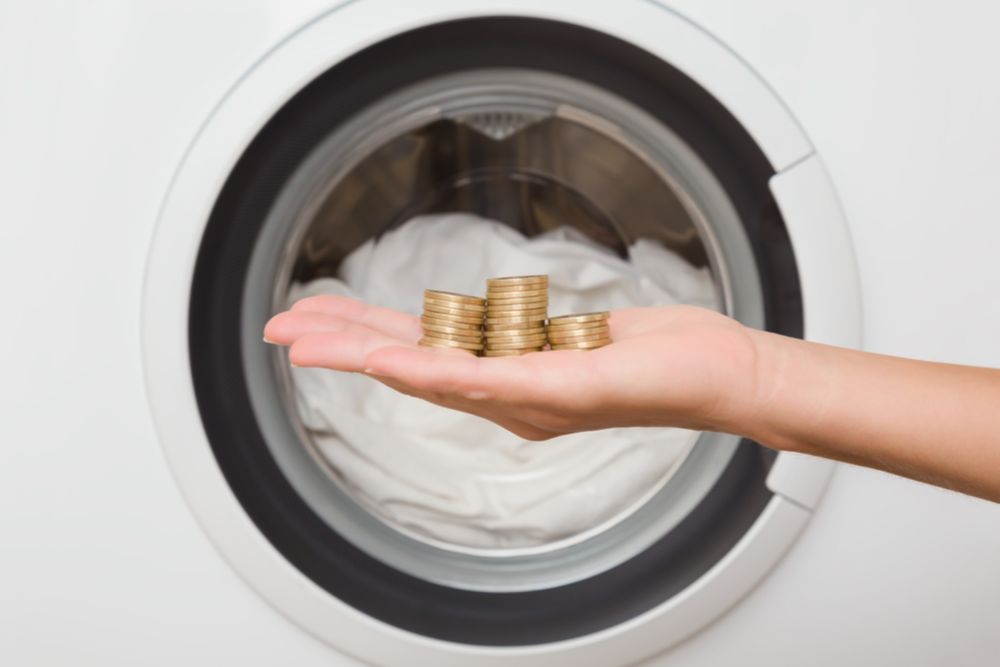You might think you’re in control when you walk into a grocery store—but the truth is, every aisle, color, and scent has been designed to influence how you shop. Grocery stores use clever psychology to make you spend more, stay longer, and leave with items you never planned to buy. It’s not manipulation—it’s marketing—but understanding how it works can help you shop smarter and save significantly.
Here’s how to recognize these subtle tricks and stay focused on what you actually need.
The Store Layout Is Designed to Keep You Walking
Every grocery store layout is intentional, from where the produce sits to the placement of checkout items.
-
Essentials in the back: Milk, bread, and eggs are usually at the far end of the store so you have to pass dozens of tempting products first.
-
Right-hand rule: Most people naturally turn right when entering, so stores place higher-margin items—like flowers or baked goods—there to catch your eye.
-
Maze-like design: Longer paths keep you browsing, increasing your chances of impulse buys.
-
Wide aisles: Spacious layouts make you linger and feel comfortable spending more time inside.
-
Endcaps: The displays at the ends of aisles are prime real estate for promotions—but not always the best deals.
Smart fix: Bring a written list, shop in a set order, and head directly to what you need first before browsing.
Music and Lighting Are Carefully Chosen
Stores use sensory cues to make you feel relaxed and willing to spend more time shopping.
-
Slow music = slower shoppers: Studies show slow-paced tunes encourage you to move leisurely—and buy more.
-
Bright, warm lighting: Makes produce look fresher and baked goods more appealing.
-
Strategic scents: Fresh bread or roasted coffee aromas are often piped in to trigger hunger.
-
Ambient comfort: Clean floors, temperature control, and inviting decor all reduce stress—and open your wallet.
Smart fix: Shop with a time goal (e.g., 20 minutes) to stay focused and limit how long you wander.
Eye-Level Placement Drives Your Choices
Your eyes go where stores want them to—and that’s where they put the products that make them the most money.
-
Eye-level equals profit: Big brands pay for prime shelf space right at your line of sight.
-
Lower shelves: Often hold store-brand or bulk options that cost less but get overlooked.
-
Kid-level marketing: Sugary cereals and snacks sit where children can see—and beg—for them.
-
Impulse racks: Eye-catching, high-margin snacks surround checkout areas for last-minute grabs.
Smart fix: Look high and low. The best deals are often near the bottom shelves or tucked beside premium brands.
“Sale” Signs That Aren’t Really Sales
Just because something is marked “on sale” doesn’t mean it’s cheaper than before.
-
Anchor pricing: Stores list an inflated “original price” to make the current one seem like a deal.
-
Multi-buy tricks: Signs like “2 for $5” make you think you must buy two—but the single price may be the same.
-
Limit offers: “Limit 4 per customer” creates artificial urgency.
-
Endcap illusions: Displays look promotional, but the items may not actually be discounted.
-
Loyalty price confusion: Some stores show lower prices that only apply if you scan a store card.
Smart fix: Check the unit price on the shelf label, not just the “discount” sign. Always compare with other brands nearby.
Larger Carts Encourage Bigger Purchases
That oversized cart isn’t for your comfort—it’s a marketing tool.
-
The psychology of space: Empty carts subconsciously make shoppers feel like they haven’t bought enough.
-
Carts have grown: Modern grocery carts are nearly twice the size they were 40 years ago, encouraging larger purchases.
-
Basket advantage: Shoppers with baskets spend less on average than those with carts.
Smart fix: Use a handheld basket whenever possible—it keeps purchases limited to what you actually need.
Free Samples and Tastings Aren’t Just Kind Gestures
Those friendly sample tables are a marketing tactic backed by psychology.
-
Reciprocity effect: When you receive something free, you’re more likely to feel obligated to buy.
-
Emotional triggers: Tasting good food puts you in a positive, buying mood.
-
Sampling placement: These stations are placed near new or higher-priced products for exposure.
-
Subtle upsell: Demonstrators often suggest pairing items, increasing your total spend.
Smart fix: Enjoy the free sample—but pause before buying. Ask yourself if you’d have picked that product otherwise.
Packaging and Color Psychology
Everything about packaging is meant to catch your eye and shape your perception.
-
Bright colors for excitement: Red, yellow, and orange signal fun, energy, and appetite.
-
Earth tones for health: Green, brown, and beige suggest organic or natural.
-
Minimalist designs: Often imply premium quality—and higher price tags.
-
Big fonts and buzzwords: “Farm fresh,” “artisan,” or “crafted” add emotional appeal without real meaning.
-
Shrinkflation: Products may quietly reduce their size while keeping prices the same.
Smart fix: Read labels, compare weights, and ignore the emotional pull of color and design.
Loyalty Programs That Track Your Habits
Loyalty cards and apps may seem like easy savings—but they’re also data tools.
-
Personalized pricing: Stores analyze what you buy to offer selective discounts—and encourage repeat purchases.
-
Limited-time rewards: Many expire quickly, pushing you to shop again soon.
-
Points systems: Make you feel like you’re “earning” money back, even while spending more overall.
-
Digital exclusives: Encourage you to buy brands you normally wouldn’t just for small savings.
Smart fix: Use loyalty cards only for true discounts, and avoid buying extra items to chase points.
Checkout Lane Traps
The checkout lane is where grocery stores make their final push for your wallet.
-
Impulse goods: Candy, magazines, and small gadgets are intentionally placed for last-minute spending.
-
Kid distractions: Brightly colored treats are designed to grab children’s attention while you wait.
-
Essentials nearby: Water bottles, batteries, and sanitizers appear to seem “useful” but add up fast.
Smart fix: Focus on your cart total, not the checkout displays. If it’s not on your list, skip it.
How to Shop Smarter
Avoiding overspending doesn’t mean avoiding shopping—it means taking back control.
-
Make a list—and stick to it.
-
Set a time limit for each trip.
-
Compare unit prices, not packaging.
-
Shop after eating, not when hungry.
-
Shop midweek mornings for better deals and calmer aisles.
-
Bring cash instead of cards if you struggle with impulse spending.
When you shop mindfully, you see through the marketing and buy with purpose instead of persuasion.
Every grocery store is built to make you spend more—from the music that sets the mood to the shelves that shape your choices. But with a little awareness and planning, you can outsmart even the cleverest marketing tactics. Stick to your list, understand the psychology at play, and take back control of your cart.
The next time you’re tempted by a flashy “sale” or an aromatic bakery section, remember: you’re the shopper, not the target.




